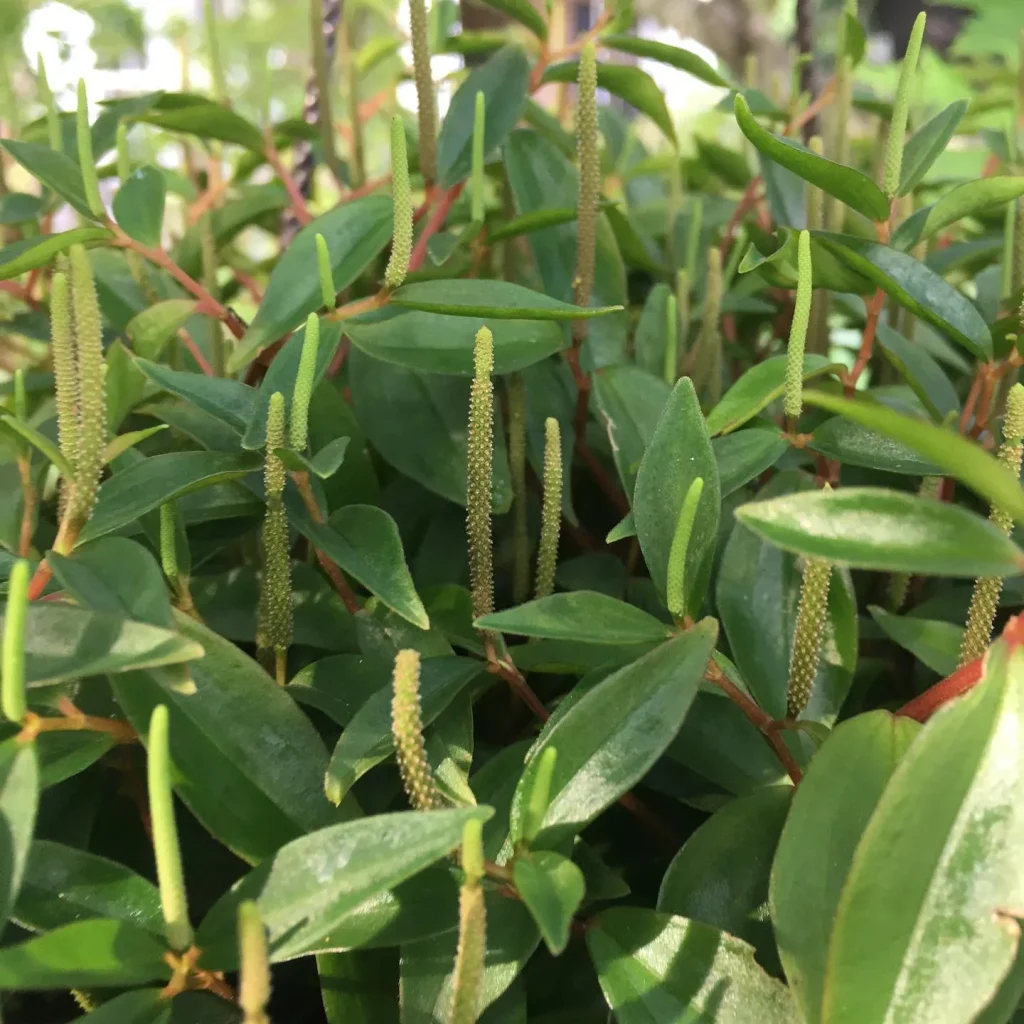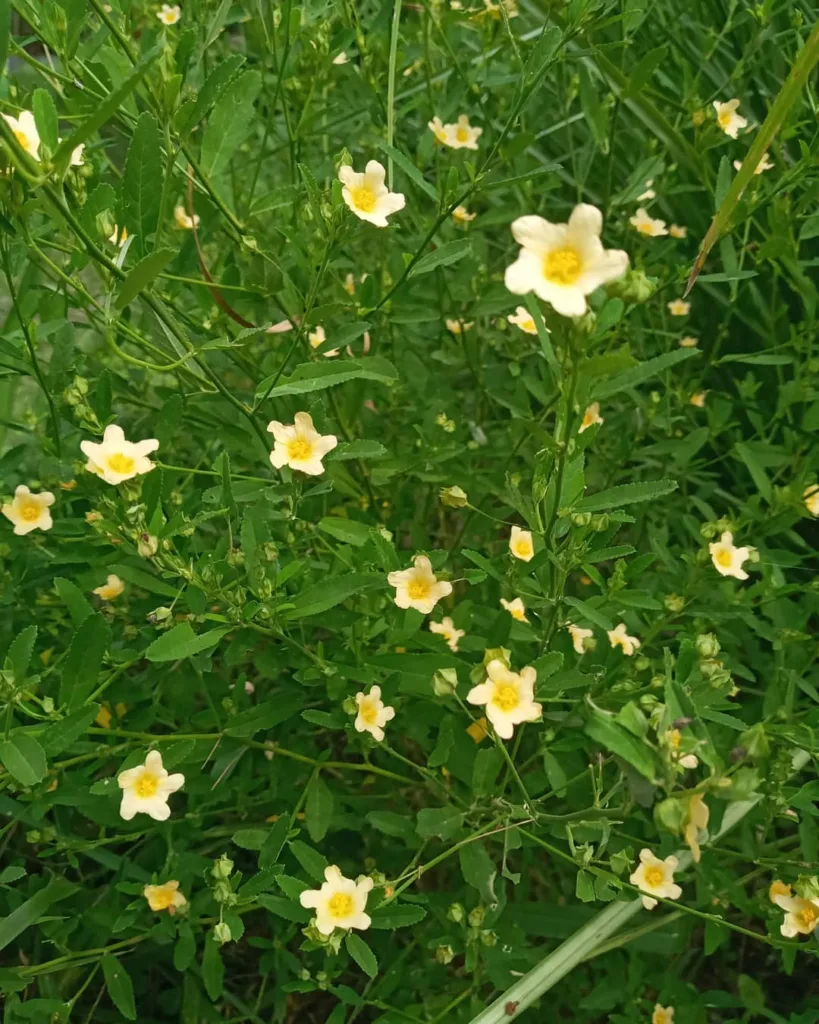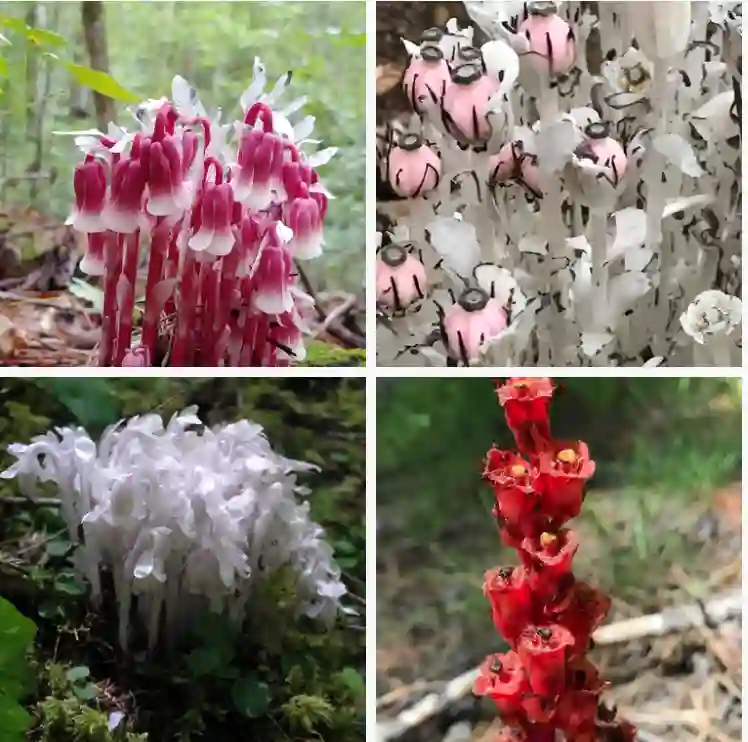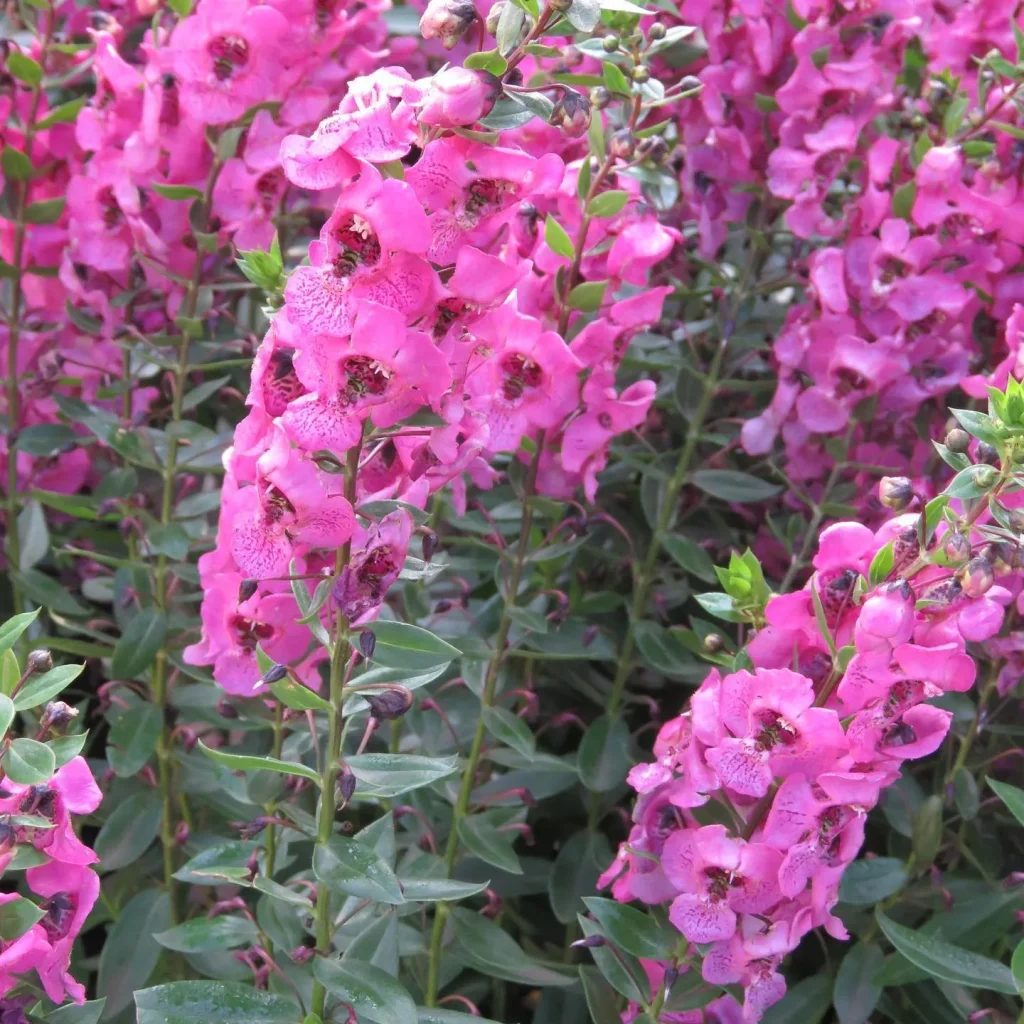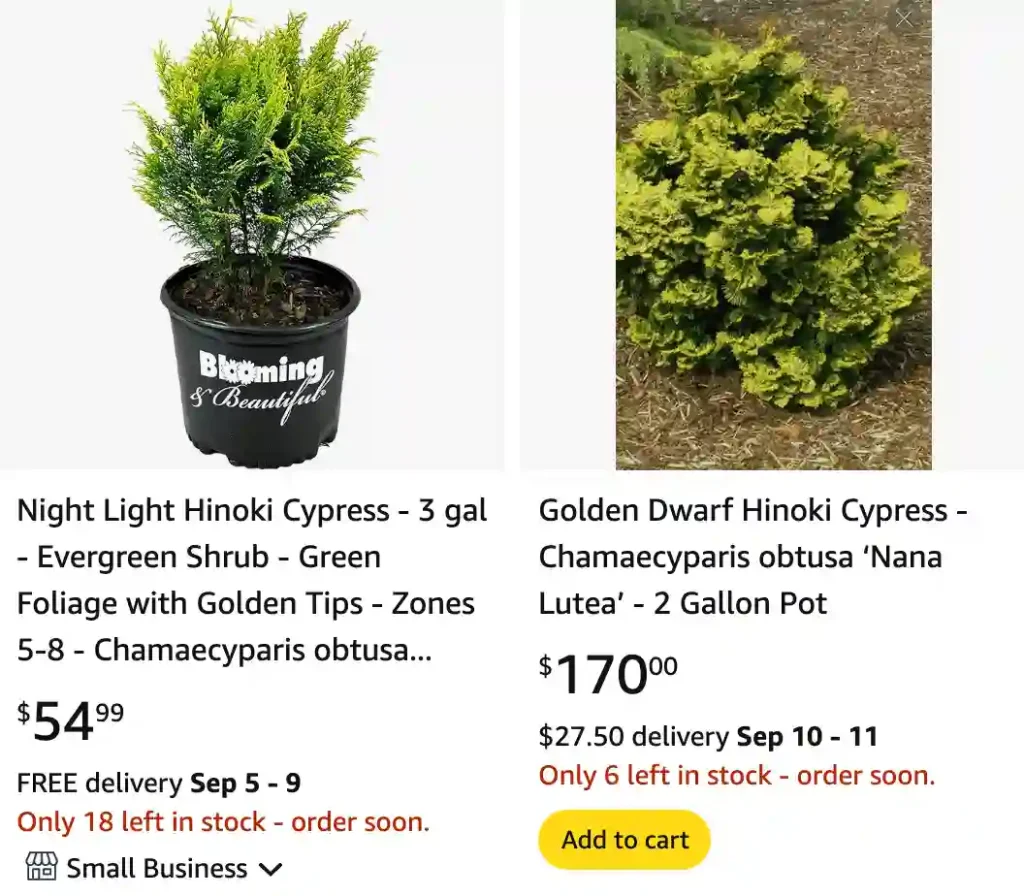
FAQs About Chamaecyparis Obtusa
Chamaecyparis Obtusa, often known as the Hinoki Cypress, is a striking evergreen with a rich, lush appearance. This Japanese native tree is beloved for its dense foliage and versatility in landscaping. If you’re considering adding this tree to your garden or have just acquired one, you might have several questions about its care and characteristics. Here’s a comprehensive guide to help you understand and maintain this beautiful tree.
5 Species in Genus Chamaecyparis
What is Chamaecyparis Obtusa?
Chamaecyparis Obtusa, commonly called Hinoki Cypress, is a conifer that originates from Japan. It’s known for its compact, layered branches and distinctive, scale-like foliage that varies in color from dark green to a soft bronze. The tree can grow up to 30 feet tall in its native habitat, but in a garden setting, it often remains much smaller, making it ideal for various landscapes.
Hinoki Cypress vs False Cypress
Hinoki Cypress (Chamaecyparis obtusa) and False Cypress (Chamaecyparis pisifera) are often confused due to their similar appearances. Hinoki Cypress has a denser, more compact growth habit and aromatic foliage, while False Cypress tends to have a more open, loosely arranged structure. Both are hardy and low-maintenance, but Hinoki Cypress generally has a more formal appearance compared to the more relaxed look of False Cypress.
Are Hinoki Cypress Deer Resistant?
Yes, Hinoki Cypress is generally considered deer resistant. Its dense, aromatic foliage is not particularly appealing to deer, which tend to avoid it. However, in times of extreme hunger, deer might still nibble on it, so if you live in an area with high deer activity, consider additional deterrents.
How Fast Does Hinoki Cypress Grow?
Hinoki Cypress has a slow to moderate growth rate. On average, it grows about 6 to 12 inches per year. This slow growth rate makes it an excellent choice for bonsai cultivation, as it maintains its shape and form over time without excessive pruning.
How Much Sun Does a Hinoki Cypress Need?
Hinoki Cypress prefers full sun to partial shade. Ideally, it should receive at least 4 to 6 hours of direct sunlight daily. In hotter climates, some afternoon shade can help protect the plant from scorching, but too much shade can lead to a sparse appearance and reduced growth.
How to Care for Chamaecyparis Obtusa?
Caring for Chamaecyparis Obtusa involves understanding its specific needs. Here’s what you should know:
- Sunlight: Hinoki Cypress thrives in full sun to partial shade. Ideally, it should receive at least 4-6 hours of sunlight daily.
- Soil: It prefers well-draining soil with a slightly acidic to neutral pH. Ensure the soil is kept moist but not waterlogged.
- Watering: Regular watering is essential, especially during dry periods. However, avoid overwatering as this can lead to root rot.
- Pruning: Light pruning can help maintain its shape and remove any dead or diseased branches. Avoid heavy pruning as it can impact the tree’s natural form.
How to Propagate Chamaecyparis Obtusa?
Propagation of Chamaecyparis Obtusa is typically done through cuttings. Here’s a step-by-step guide:
- Timing: Take cuttings in late spring or early summer when the tree is actively growing.
- Preparation: Select healthy, non-flowering shoots. Remove the lower leaves and cut the stem to about 4-6 inches in length.
- Rooting Medium: Place the cuttings in a rooting medium of equal parts peat moss and perlite.
- Environment: Keep the cuttings in a humid environment with indirect light. Mist regularly to maintain humidity.
- Transplanting: Once roots develop, transplant the young plants into larger pots or directly into the garden.
What to Plant with Chamaecyparis Obtusa?
Hinoki Cypress pairs well with a variety of plants, thanks to its elegant appearance and versatile growth habit. Consider companion plants like:
- Japanese Maple: Provides a striking contrast with its delicate, colorful foliage.
- Hostas: Their broad leaves complement the texture of the Hinoki Cypress.
- Fern Varieties: Offer a lush, woodland feel that enhances the overall landscape.
Can You Grow Chamaecyparis Obtusa Indoors?
Growing Chamaecyparis Obtusa indoors is challenging due to its size and light requirements. While it can be grown in a large pot as a bonsai, it needs ample sunlight and humidity. Indoor growth can be problematic, so it’s best suited for outdoor gardens.
How to Prune a Hinoki Cypress?
Pruning Hinoki Cypress should be done carefully to maintain its natural shape. Trim back any dead or diseased branches first. For shaping, prune during late winter or early spring before new growth starts. Avoid heavy pruning, as Hinoki Cypress has a slow recovery rate and excessive cutting can affect its health.
When to Prune Hinoki Cypress?
The best time to prune Hinoki Cypress is late winter or early spring before the new growth begins. This timing helps the plant heal quickly and ensures it remains healthy throughout the growing season. Avoid pruning during the summer or fall, as this can stress the plant and make it more susceptible to diseases.
When to Repot Hinoki Cypress Bonsai?
If you’re growing Hinoki Cypress as a bonsai, repotting should occur every 2 to 3 years, typically in early spring. Check the roots for signs of overcrowding. When repotting, trim the roots to encourage new growth and use fresh bonsai soil to provide adequate drainage.
Where to Buy Hinoki Cypress?
Hinoki Cypress can be purchased from local nurseries, garden centers, or online retailers. When buying, look for reputable sources that provide healthy, well-maintained plants. If you’re considering a bonsai, specialized bonsai shops or nurseries are ideal places to find a quality specimen.
Why Is My Hinoki Cypress Turning Brown?
If your Hinoki Cypress is turning brown, it could be due to a few reasons: overwatering, underwatering, or a fungal disease. Check the soil moisture and adjust watering practices accordingly. Ensure proper drainage and avoid wetting the foliage to minimize fungal risks. If brown areas persist, consider consulting a plant specialist.
Is Chamaecyparis Obtusa Toxic?
Chamaecyparis Obtusa is not known to be toxic to humans or pets. However, it’s always good practice to keep plants out of reach of small children and animals to prevent any accidental ingestion.
Benefits of Chamaecyparis Obtusa
This tree offers several benefits:
- Aesthetic Appeal: Its dense, dark green foliage provides a beautiful backdrop in any garden.
- Low Maintenance: Once established, it requires minimal care.
- Longevity: It’s a long-living plant that can enhance your garden for many years.
Common Problems
Common issues with Chamaecyparis Obtusa include:
- Pests: Watch for aphids and spider mites, which can damage the foliage.
- Diseases: Root rot can occur in poorly drained soil. Ensure proper watering and soil conditions to prevent this.
- Brown Tips: This can be a sign of overexposure to sunlight or water stress. Adjust care as needed to correct the issue.
Compare with Other Similar Items
If you’re considering similar trees, such as Cryptomeria Japonica (Japanese Cedar) or Thuja (Arborvitae), remember:
- Cryptomeria Japonica: Typically has a more open growth habit and different needle texture.
- Thuja: Generally grows faster and has different foliage compared to Chamaecyparis Obtusa.
Understanding these differences can help you choose the right plant for your landscape needs.
In summary, Chamaecyparis Obtusa is a stunning choice for various garden settings, offering unique aesthetics and relatively low maintenance. Whether you’re looking to compare it with other species or just want to ensure proper care, this guide should help you make the most of your Hinoki Cypress.
If i die, water my plants!
